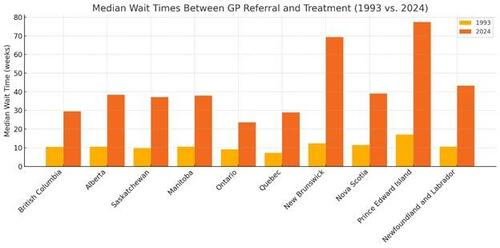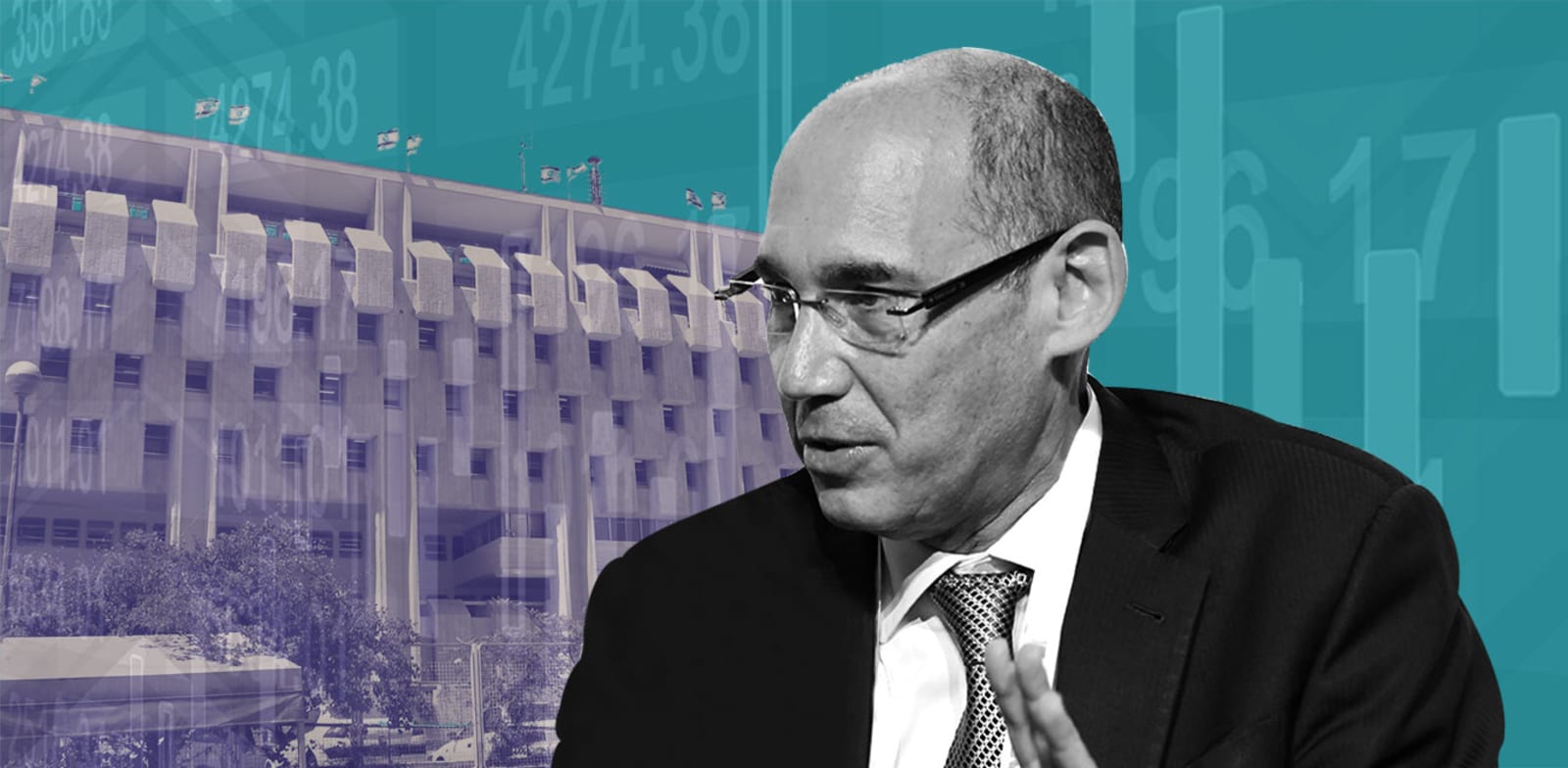Today marks the 50th anniversary of World Environment Day. But is there anything meaningful coming out of the June 5 celebrations anymore, or is it tokenism or clicktivism now?

Since 1973, when celebrations started under the aegis of the United Nations (UN) for creating awareness about our environment, nature continues to be pillaged. Today, all scientific reports point to the mass extinction of species and the worsening impact of the climate crisis. Frequent unnatural and extreme weather events, such as severe heat or cold waves, heavy downpours, tropical cyclones and floods, vindicate what climate science has been telling us for years. The Living Planet Report 2022 shows a widespread, sustained population decline (an average of 69% decline in population abundances) of species globally in the last 50 years. And we use more of nature’s resources and services in a given year than what the earth can regenerate or replenish. The Earth Overshoot Day — which marks the day each year when humanity’s demand exceeds what the earth can naturally replenish — fell on July 28 in 2022.
Every year, World Environment Day has a theme. But do we remember last year’s theme? This year, ‘Beat Plastic Pollution’ returns as the motto. This was also the mantra in 2018 when India was the host country and is also the only theme to be repeated in 50 years. “World Environment Day 2023 is a reminder that people’s actions on plastic pollution matter. The steps governments and businesses are taking to tackle plastic pollution are the consequence of this action. It is time to accelerate this action and transition to a circular economy. It is time to ‘#BeatPlasticPollution,’ the UN announced, with Ivory Coast as the host nation.
Plastic has been a wonder product for its durability, stability and affordability, but the trash it generates has had a devastating impact. Only a small proportion of plastics produced globally are recycled. It has humanity and the natural environment in a chokehold. Single-use plastics have penetrated every imaginable place, from the digestive systems of animals (wild and domestic), fish and marine life. Studies have also found microplastics in the human gut and bloodstream. Plastic bags (or trash) can now be found in the remotest places — from Mount Everest to the world’s deepest point, the Mariana Trench.
In 2018, as the global host of UN World Environment Day, India promised to phase out single-use plastic by 2022. But in 2020, the coronavirus pandemic struck, wrecking all plans and reversing efforts to reduce plastic waste. Millions of pieces of discarded single-use plastic (masks, gloves, aprons, and sanitiser bottles) were added to the terrestrial and marine environment.
A 2021 study by researcher Nsikak U Benson and others estimated that 3.4 billion single-use masks and face shields were discarded daily. And the pandemic years also saw around 1.6 million tonnes per day of plastic trash generated.
India’s demand for plastics is projected to exceed 22 million tonnes by the end of this year. The biggest challenge for the country is that it generates much more plastic waste than it reports. The Central Pollution Control Board (CPCB), a statutory organisation under the ministry of environment, forest and climate change, is dependent on data flowing in from state pollution control boards (SPCBs), which, in turn, are dependent on urban local bodies and village/gram panchayats. And the data is usually never vetted. As per CPCB’s 2019 annual report, “None of the states/Union territories have reported submission of annual reports by all village panchayats.”
Try searching for the total amount of plastic waste generated in the country, and you will get several sites quoting – “India generates around 3.4 million tonnes (MT) of plastic waste.” This is like an evergreen hit playing in a loop, but it is wrong.
First, this figure is several years old, and second, there are questions on the data quality and quantification. This number was generated when only 14 of India’s 35 regional pollution boards filed information on plastic waste generation, and CPCB had to approach the National Green Tribunal (NGT) to enforce the implementation of plastic waste management rules by non-compliant states.
Further, as per CPCB, a vast network of unlicensed plastic manufacturing units remains operational, spinning out low-grade plastic bags and other materials for our daily use. The other key challenge is waste segregation, which has not yet happened at the scale we need for meaningful impact. It is the country’s biggest stumbling block in waste management and upscaling recycling. Making it mandatory with strict enforcement for every household remains a battle.
The central government has been upfront about cleaning up the mess — from implementing and amending the Plastic Waste Management Rules to the Swachh Bharat Mission, and now the Mission LiFE campaign. But in a country where littering and spitting are a part of daily life, little can succeed without civic sense and social ethics. Today air, soil and water are heavily polluted. Add sound and light pollution to this mess. We have managed to put trash even into space.
We haven’t yet realised that we are drowning in toxic waste, and waking up only on June 5 will not help to clean up the environment. At a time when the world is witnessing record temperatures, and the planet is losing more species of wildlife than ever thought of every day, individual actions are the key to safeguarding life on Earth. Downloading an app or signing a petition is not enough.
Ananda Banerjee is an author, visual artist and wildlife conservationist. The views expressed are personal.















